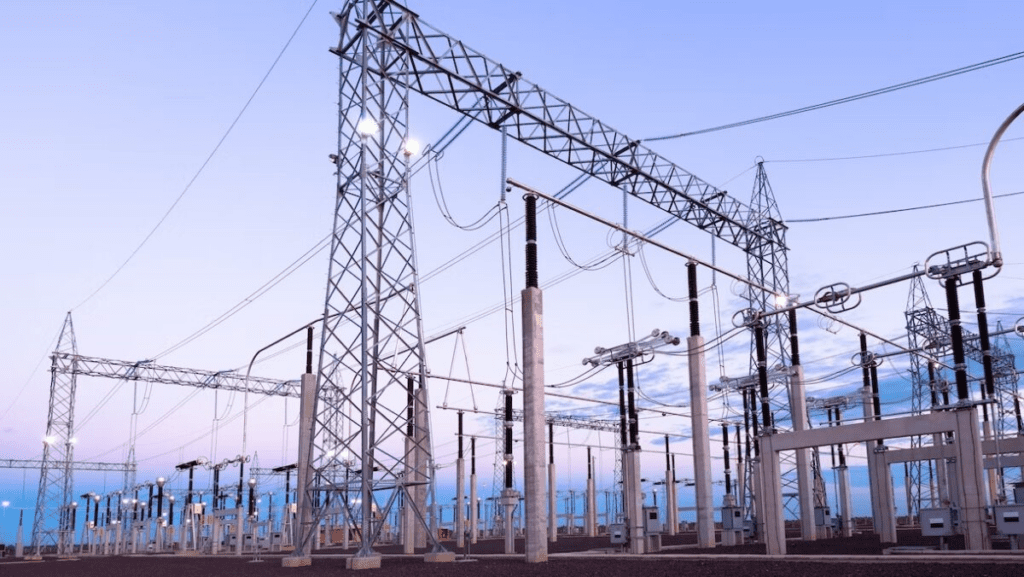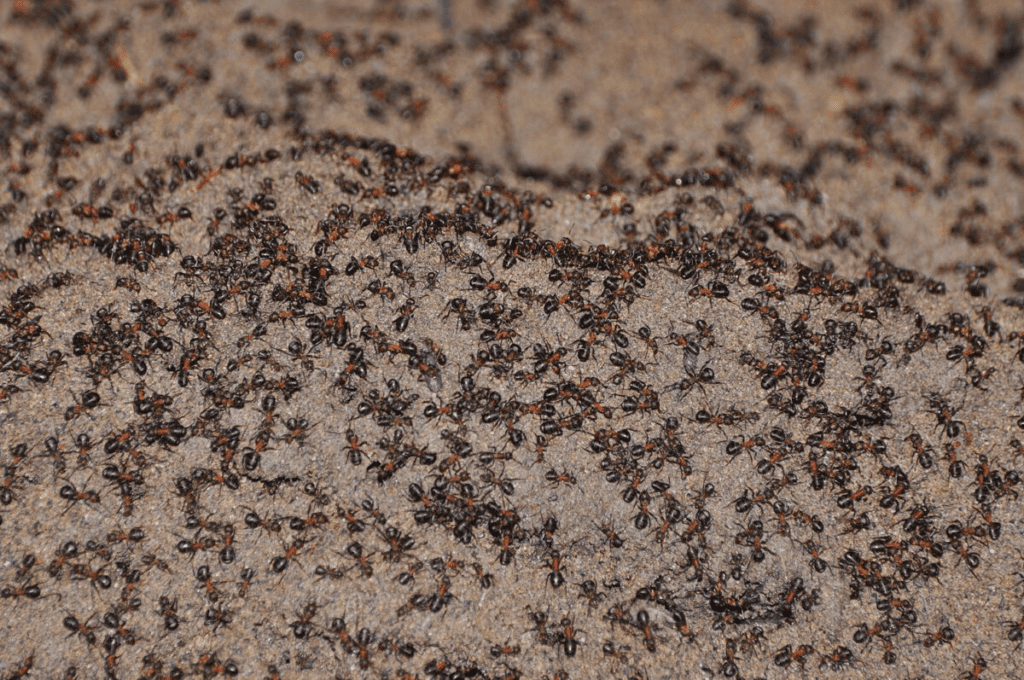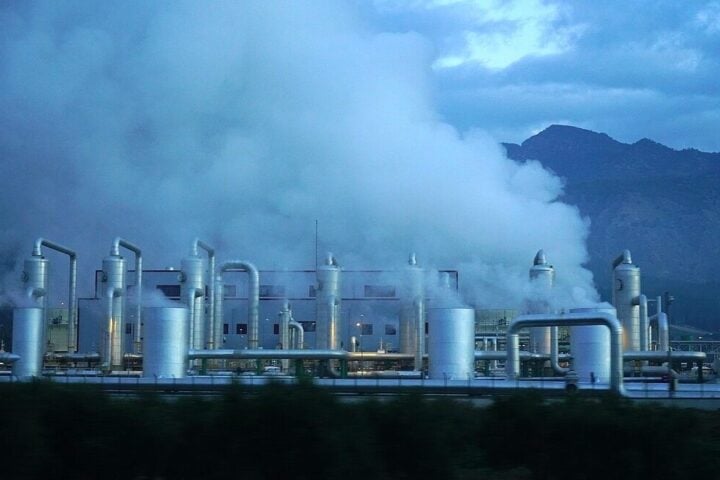At the rate of emissions seen in 2022, the world will exceed the benchmark of 1.5* Celsius warming over pre-industrial levels in the next nine years, according to a report of the Global Carbon Project. This means the global carbon budget- the number of emissions required to keep warming under this level-needs to be tracked every year. A report released by the International Energy Agency ( IEA) on February 8 gives a disaggregated estimate of electricity emissions by 2022( they account for about a third of total emissions) along with projections up to 2025. Here is what the report shows.
- Emissions from electricity will decline marginally by 2025 due to a rapid increase in renewable sources. Electricity generation added 13.21Gt (gigatonnes or billion tonnes) of C O2 in 2022, 1313% more than in 2021. However, a change in this sector is underway. According to IE A’s projections, electricity emissions will decline at a compound annual growth rate ( CAGR ) of 0.4% up to 2025. This is expected due to the increased adoption of renewable & nuclear sources for electricity.
- Who is doing their bit in reducing electricity emissions? The answer to this question is not as simple as one might expect in absolute terms, the answer seems to be Europe & the Americas, which will reduce their coal & gas electricity generation by 409 Terawatt hour (T W h) & 201 TWh by 2025. However, the global decline will be only 86 T Wh because other regions are increasing generation from dirty sources.
- The climate crisis can affect generation from non-fossil sources. While renewable capacity is expanding, last year showed how late adoption of these sources is already hurting our capacity to transition. Europe suffered one of the worst droughts in at least 500 years & there were similar conditions in the Sichuan region of China. This decreased their hydropower generation.
- Renewable capacity also needs investment in grids for their use. Renewable sources of electricity are less stable because the Sun & wind are not available 24 x7 as coal or gas are. The disruption in hydropower due to drought is also an extreme example of this. Therefore, the effective use of these sources requires that a drop in generation in one place can be quickly offset by a surplus in another. Investment in transmission & distribution will have to be more than doubled.


















